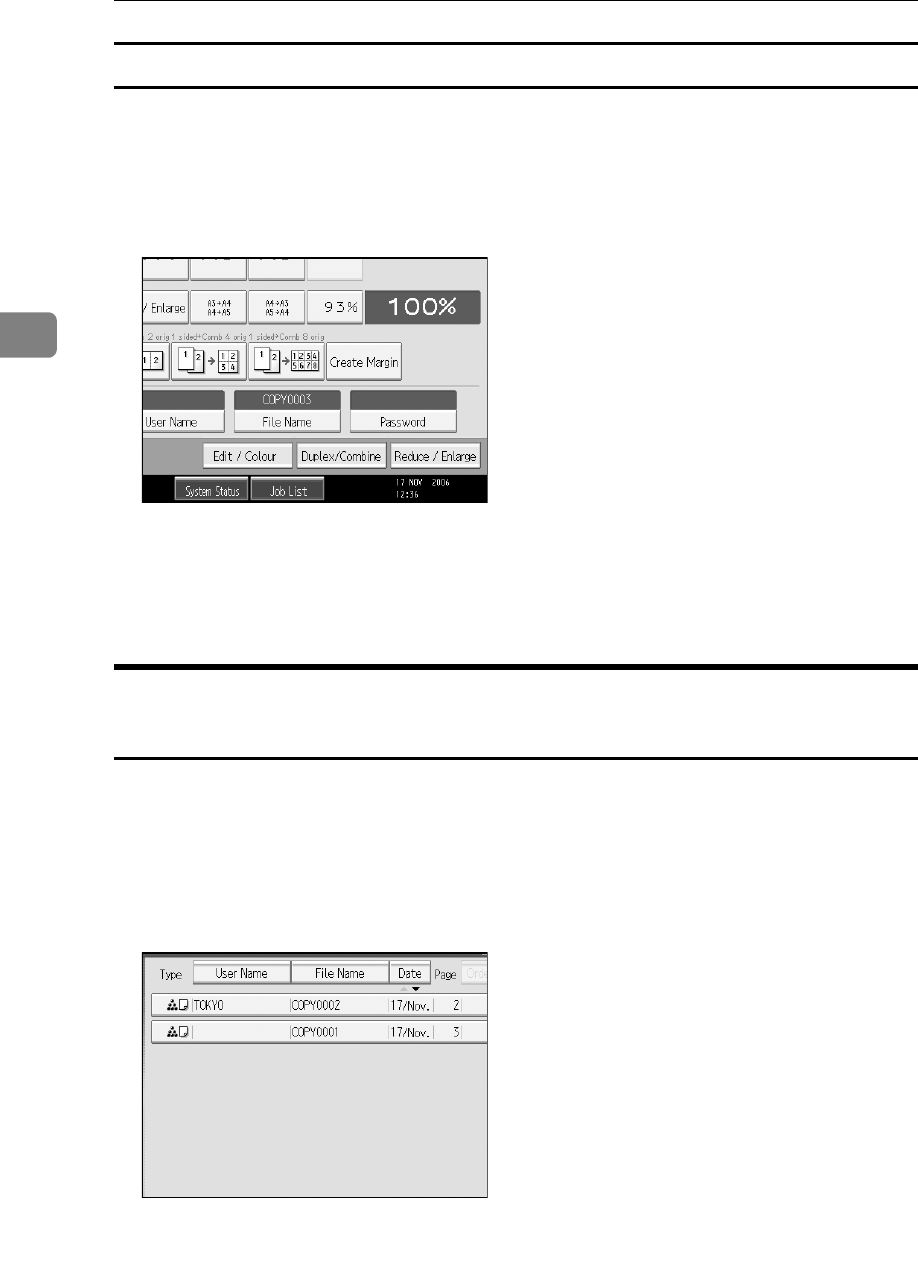-
Kopieermachine geeft aan dat toner leeg is maar deze is vol. Al een keer vervangen en geschut maar foutmelding blijft en hij geeft geen kopieën meer. Hoe kan ik dit verhelpen? Gesteld op 21-1-2021 om 17:36
Reageer op deze vraag Misbruik melden -
Hoe reset ik het beheerderswachtwoord op de Ricoh Aficio MP C2500 Gesteld op 14-7-2020 om 16:13
Reageer op deze vraag Misbruik melden


